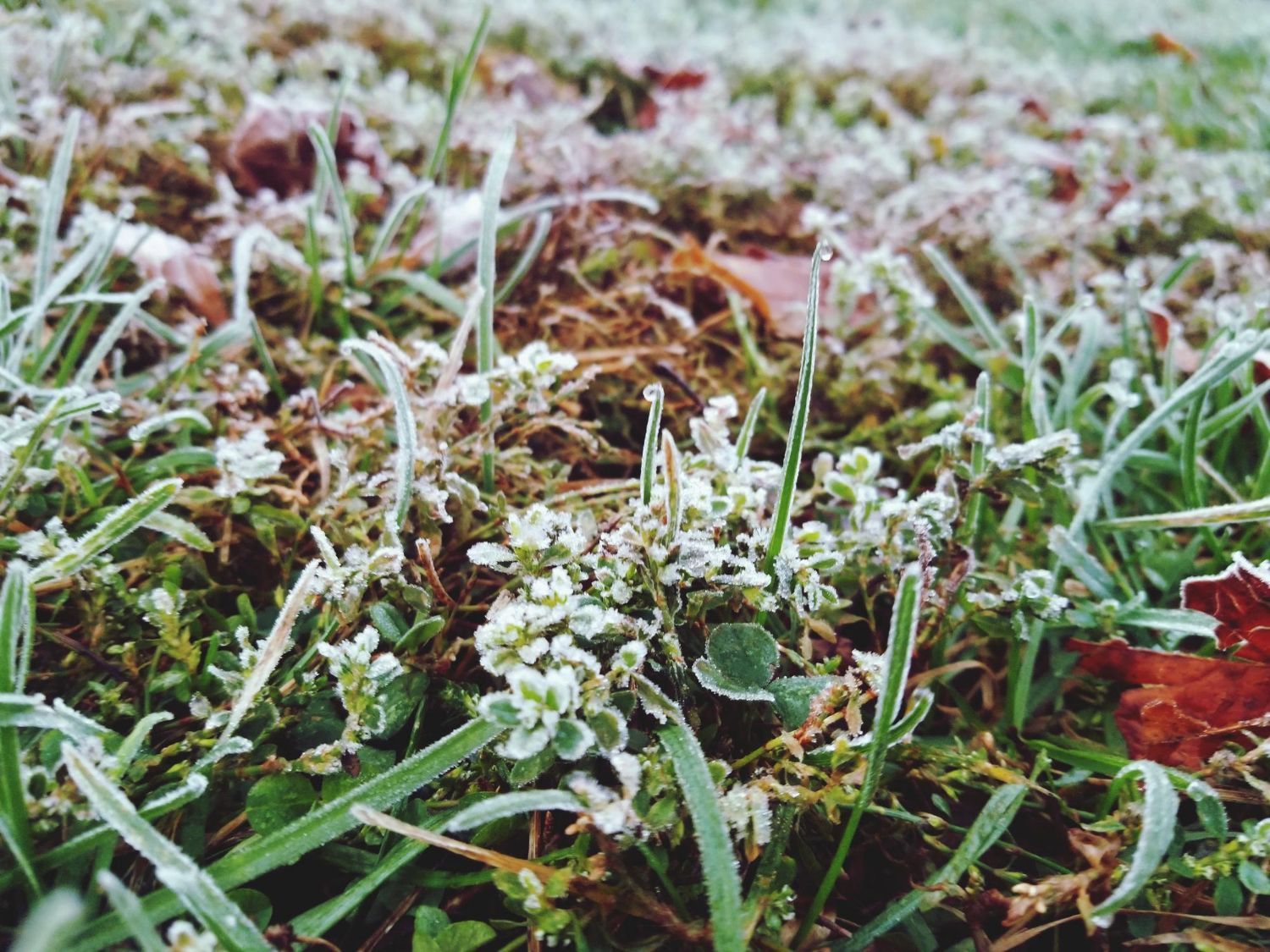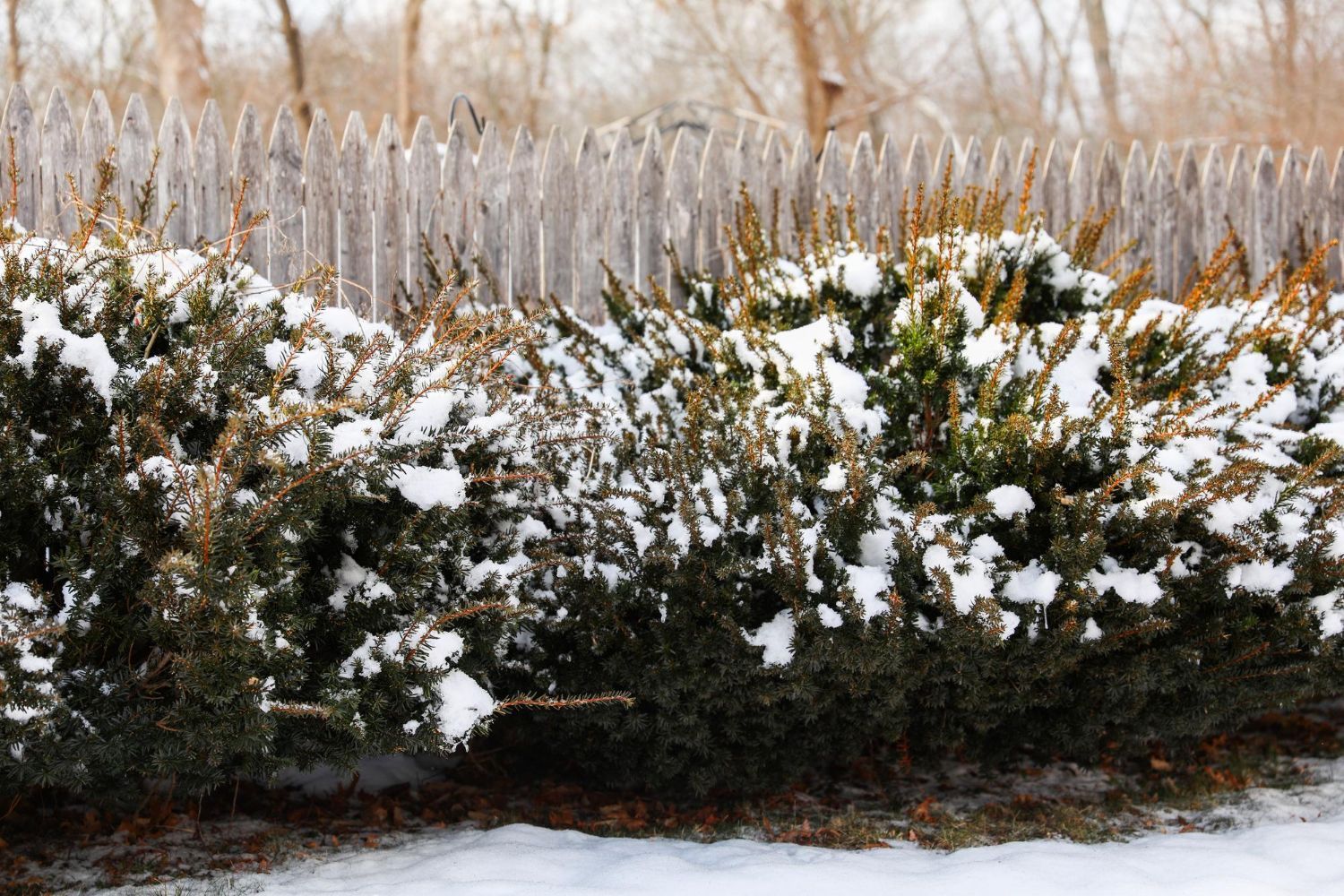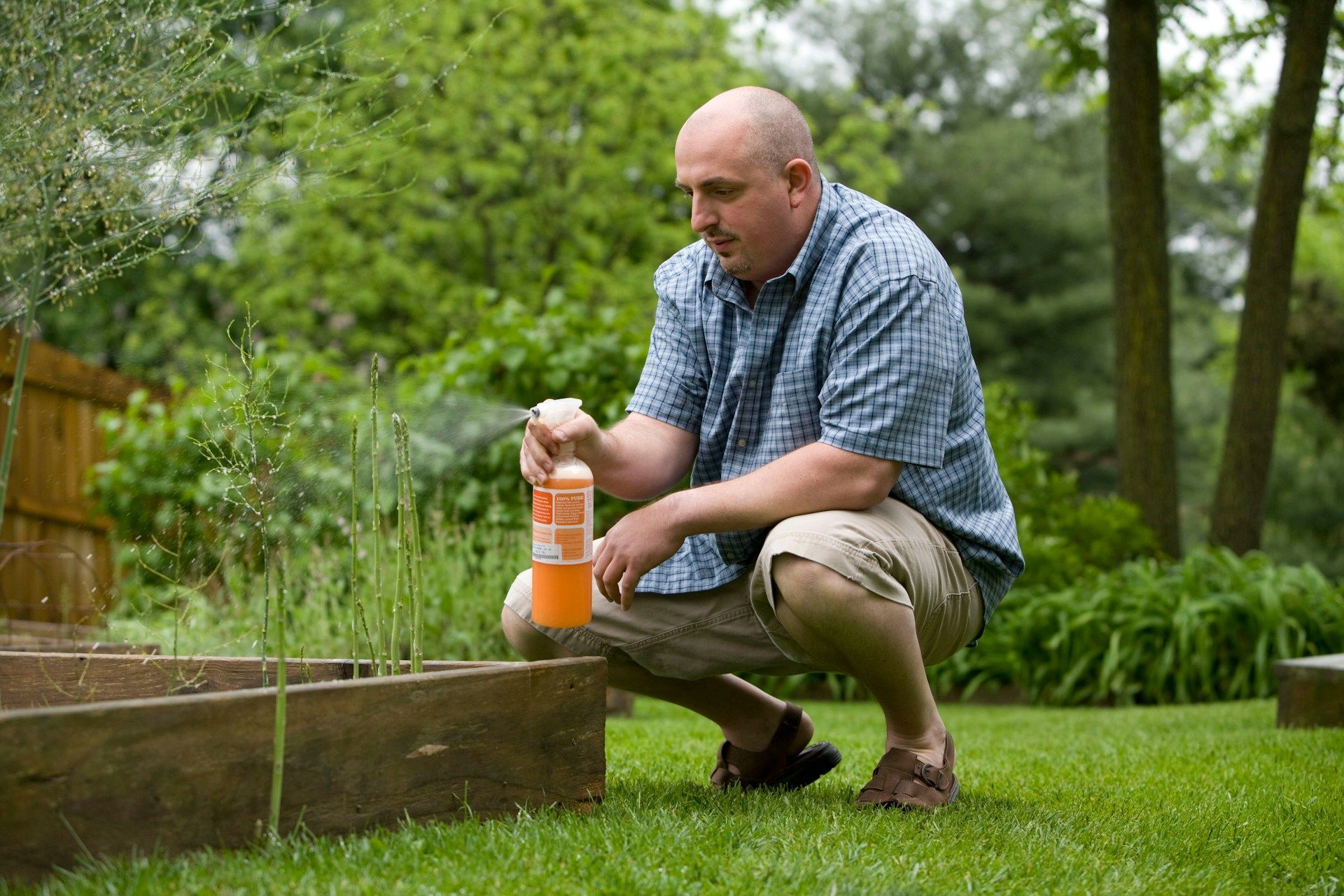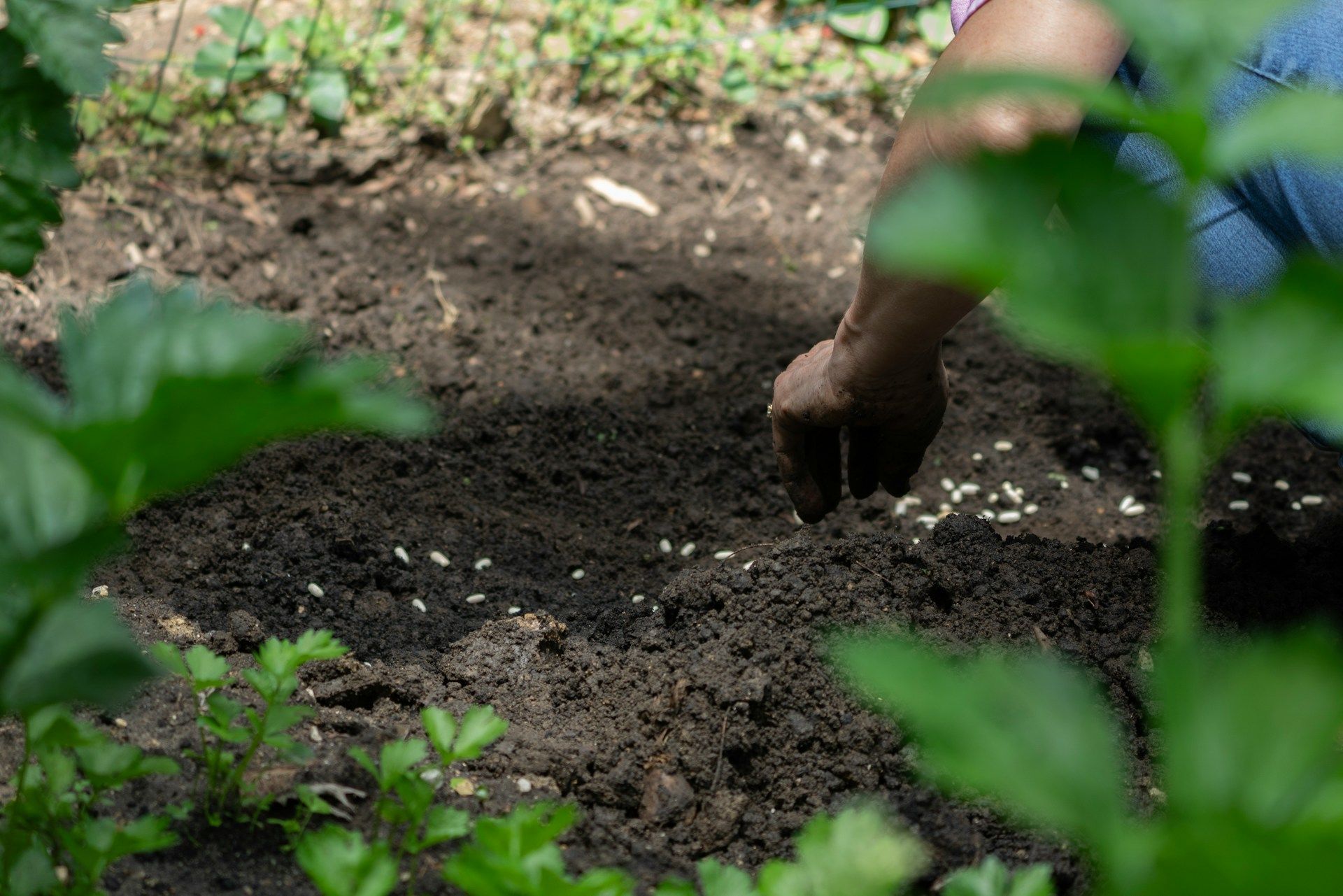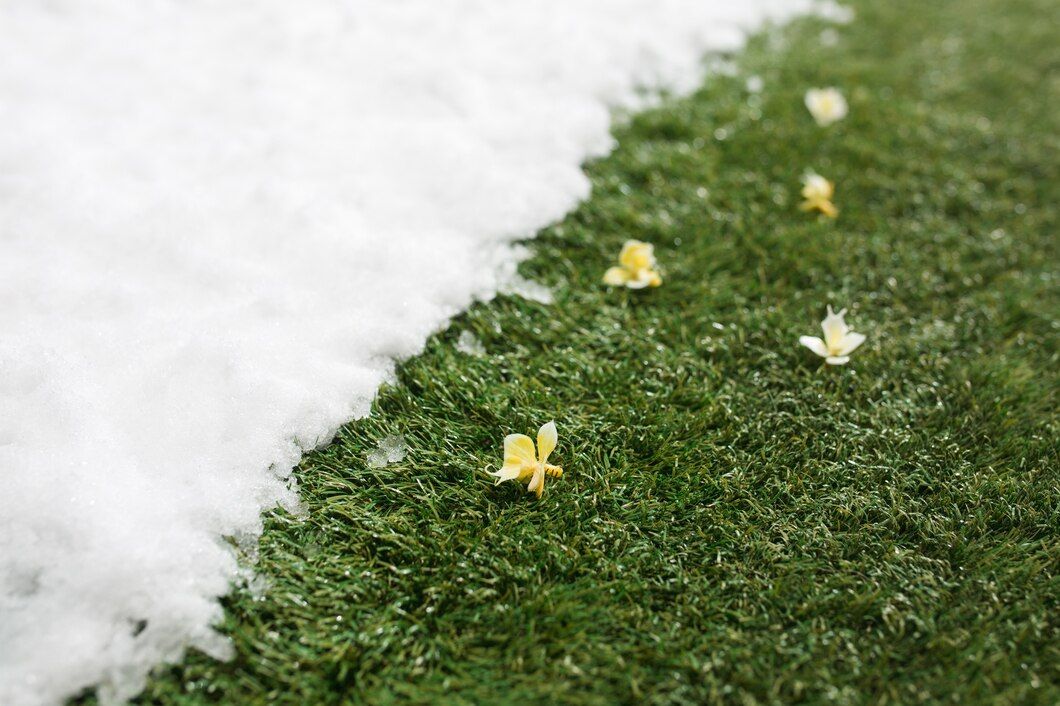What Our Customers Are Saying
Inside the Ecosystem: Understanding the Bugs in Your Lawn and Their Effects
When we think about maintaining a healthy lawn in New Jersey, we often consider factors like watering, sunlight, and soil quality. However, there's another critical aspect that can significantly impact the health and beauty of our lawns: the tiny ecosystem of bugs living in the grass. While some of these bugs are beneficial, others can be harmful, making it essential to understand which insects are friends and which are foes.
In this guide, we'll explore the fascinating world of lawn bugs. You'll learn how to identify the most common insects found in New Jersey lawns and understand their roles. Whether they're helping by decomposing organic matter or harming by feeding on your grass, each bug plays a part in the ecosystem of your lawn.
By the end of this exploration, you'll be equipped with the knowledge to foster a healthier, more vibrant lawn through effective bug management. Let's dive into the complex, buggy universe beneath our feet and learn how to make our lawns thrive.
Identifying Common Lawn Bugs in New Jersey
Taking a closer look at your lawn might reveal a bustling world of insects, each playing a different role in the ecosystem. In New Jersey, several common lawn bugs serve as either beneficial aids or potential pests. Identifying these critters is the first step in managing them.
Grubs, including the larvae of Japanese beetles, are frequent occupants beneath the soil surface. These creamy, C-shaped critters can cause significant damage by feeding on grass roots. Additionally, chinch bugs, which suck the juices out of grass blades, are small but destructive insects that can cause large patches of lawn to brown and die.
We also frequently encounter the bluegrass billbug, another lawn-feeder, identified by its snout and tendency to chew through grass stems. Keeping an eye out for irregular brown spots or patches and inspecting the turf can help us determine if these pests are present. Understanding which bugs are in your lawn sets the stage for effective management and prevention, ensuring the health and beauty of your outdoor space.
Beneficial Bugs: The Unsung Heroes of Your Lawn
Not all insects are foes; many are essential allies in maintaining the health of your lawn. Beneficial bugs play critical roles in pollinating plants, decomposing organic matter, and controlling pest populations.
One of the champions is the earthworm, which aerates the soil and improves nutrient distribution with its burrowing actions. Another helpful inhabitant is the predatory ground beetle, which feeds on common lawn pests like caterpillars and slugs.
Ladybugs and lacewings also contribute by eating aphids and other harmful insects, keeping those populations in check. By recognizing and encouraging these beneficial insects, we can naturally reduce pest issues and minimize the need for chemical interventions.
Promoting a welcoming environment for these helpful creatures includes practices such as reducing pesticide use and maintaining diversity in the landscape. These steps help ensure that our lawns stay healthy and vibrant, supported by the natural activities of these beneficial bugs.
Harmful Pests and Their Impact on Lawn Health
While some bugs play a crucial part in nurturing the health of your lawn, others can create chaos within your green oasis. These detrimental pests can cause aesthetic damage to your lawn and threaten its overall health.
For instance, grubs—the larvae of beetles such as the Japanese beetle—feast on grass roots, leading to yellowing and eventually patchy grass death. Similarly, sod webworms, which are the larvae of lawn moths, chew grass blades close to the roots, causing thinning and brown spots across your turf.
Another significant concern is the damage from mole crickets, which burrow through soil and uproot grass in the process, disrupting root systems and leading to uneven turf surfaces. The feeding activities of these pests impede the ability of grass to absorb water and nutrients, making lawns more susceptible to other stress factors like drought and extreme temperatures.
Recognizing these threats early and understanding their potential impact is paramount in safeguarding the health of your lawn.
Managing Bugs in Your Lawn: Prevention and Control Strategies
To keep your lawn healthy and resilient against insect pests, a proactive approach is essential. Start by maintaining a well-fertilized, appropriately watered, and correctly mown lawn, as a healthy lawn is less prone to pest invasions. Also, encouraging natural predators such as birds can help control the pest population. Incorporating plants that attract these helpful creatures can be a constructive strategy.
For direct intervention, consider biological controls like introducing nematodes that target and kill lawn pests such as grubs. If necessary, chemical treatments may be used, but these should be approached with caution to avoid harm to beneficial insects and the surrounding environment. Regular monitoring and immediate response to signs of infestation help prevent pests from becoming a severe problem.
By adopting these comprehensive prevention and control strategies, we can protect and enrich our lawns, ensuring they remain vibrant and healthy.
Healthy Lawns: More Than Just Grass
At the heart of every vibrant lawn is not just soil and grass, but a whole ecosystem that includes a variety of bugs, each playing its pivotal role. Understanding and managing these tiny inhabitants is key to maintaining a healthy lawn. At Healthy Lawn, we embrace this complexity and provide tailored services that nurture both the beauty and health of your turf.
If tackling bugs in your lawn feels overwhelming, let us help. Our experts are equipped to identify, prevent, and manage any pest issues, ensuring that your lawn stays lush and thriving. Reach out today for more than just mowing—discover comprehensive
lawn care services that understands and enhances your lawn’s ecosystem. Let Healthy Lawn make your outdoor space a place of pride and relaxation!




